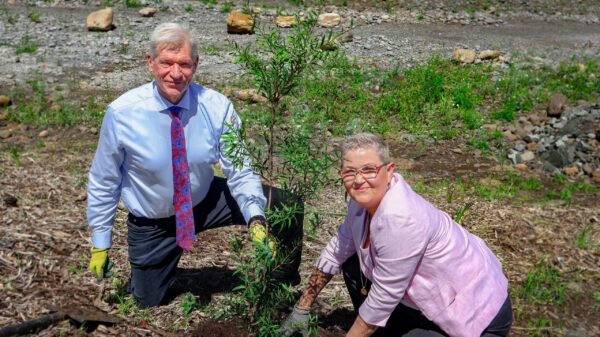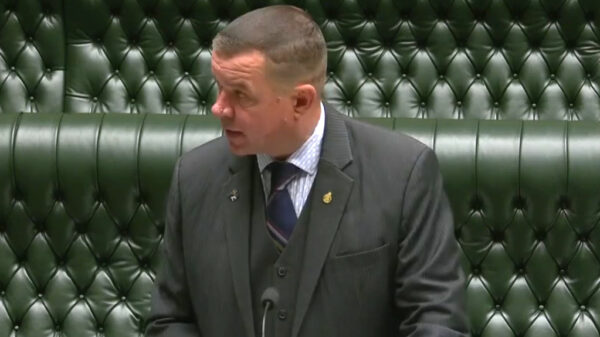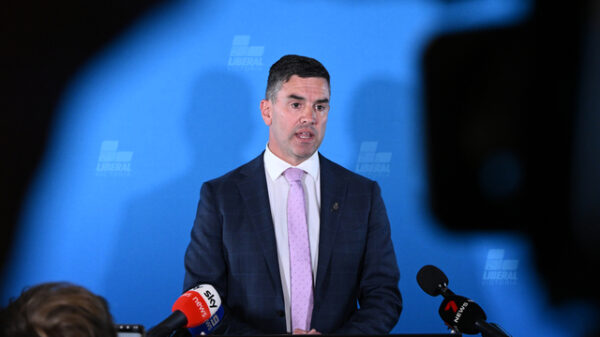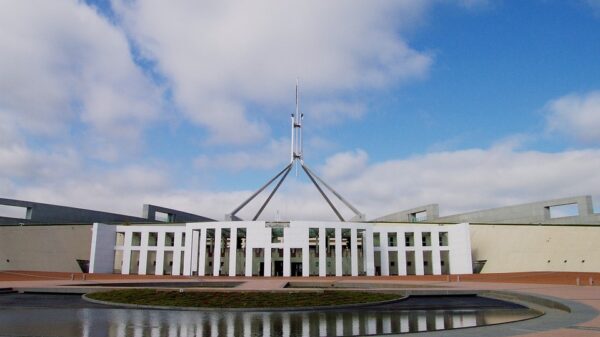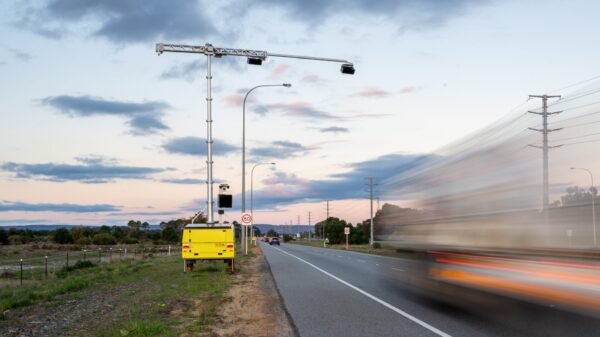UPDATE: Westpac’s newly announced plan is being labeled as a “tokenistic and cosmetic” effort, failing to address the ongoing crisis affecting bank branches in regional and remote communities across Australia. The Regional Banking Investment Alliance (RBIA) criticized the initiative today, highlighting severe inadequacies that threaten essential banking services in these areas.
During a press event in Dubbo, RBIA spokesman and CEO of Regional Australia Bank, David Heine, stated, “The package announced by Westpac today is a tokenistic and cosmetic attempt to hide a very real issue for Australia’s regional and remote communities.” He emphasized that merely extending the moratorium on branch closures does not solve the problems; it exacerbates existing inequities.
Westpac’s decision to extend the moratorium allows the bank to continue saving approximately $112 million annually, a result of closing nearly 117 regional branches since 2017. With only 186 branches remaining in regional Australia, Westpac’s financial strategy places its balance sheet at a staggering $6 billion per branch, in stark contrast to smaller banks like Regional Australia Bank, which operates with only $0.1 billion per branch.
Heine criticized Westpac’s new model, which includes infrequent banking services in council chambers, stating, “Setting up shop with a couple of lenders in a few council chambers once a fortnight won’t fix the problem.” He insisted that essential banking services like face-to-face transactions, scams advice, and cash management are vital and cannot be effectively delivered under the proposed model.
Furthermore, Westpac’s promise of a $1.5 million community support program pales in comparison to the annual spending of Regional Australia Bank on similar initiatives, which exceeds this amount despite being only about 3% the size of Westpac.
The RBIA, which includes 24 regional banks, is urging the government to introduce a cost-sharing model to sustain regional bank branches, estimated to cost $153 million a year. This amount represents a mere 0.17% of the total operating income of the major banks, allowing for a fairer investment in regional services.
Heine stated, “The recipients of the cost-sharing model would have only one characteristic—a commitment to invest in regional, rural, and remote face-to-face banking services.” This would ensure that all banks, including larger institutions, contribute to maintaining essential services in regional communities.
The RBIA’s appeal comes amid growing concerns over the future of banking in rural areas, where the closure of branches leaves residents with limited access to necessary financial services. As the situation develops, the RBIA continues to advocate for sustainable banking solutions to ensure that local communities are not left behind.
For more information on this urgent matter, visit the RBIA’s official website at https://rbialliance.com.au/.

